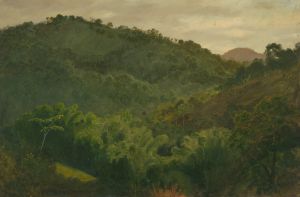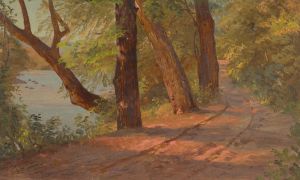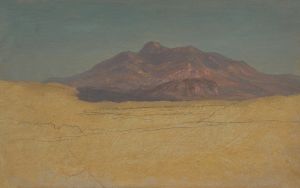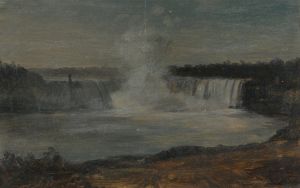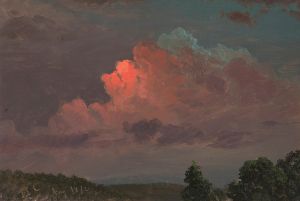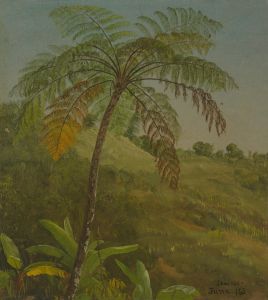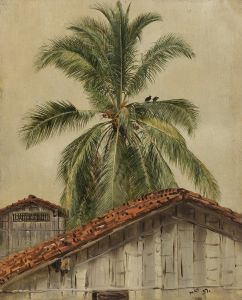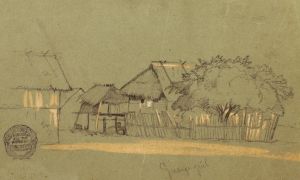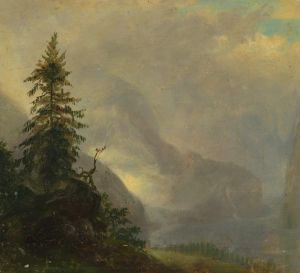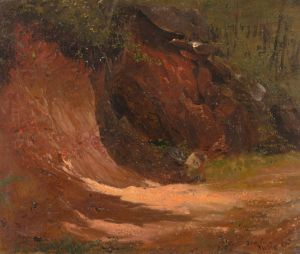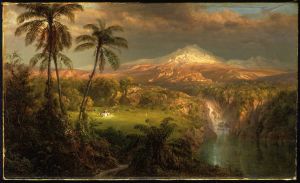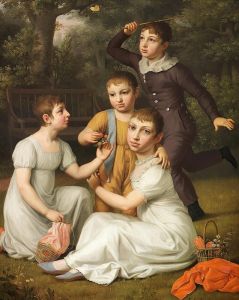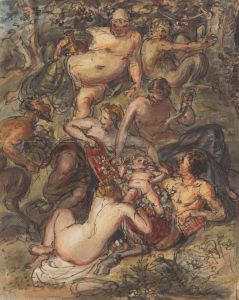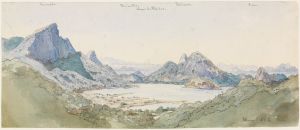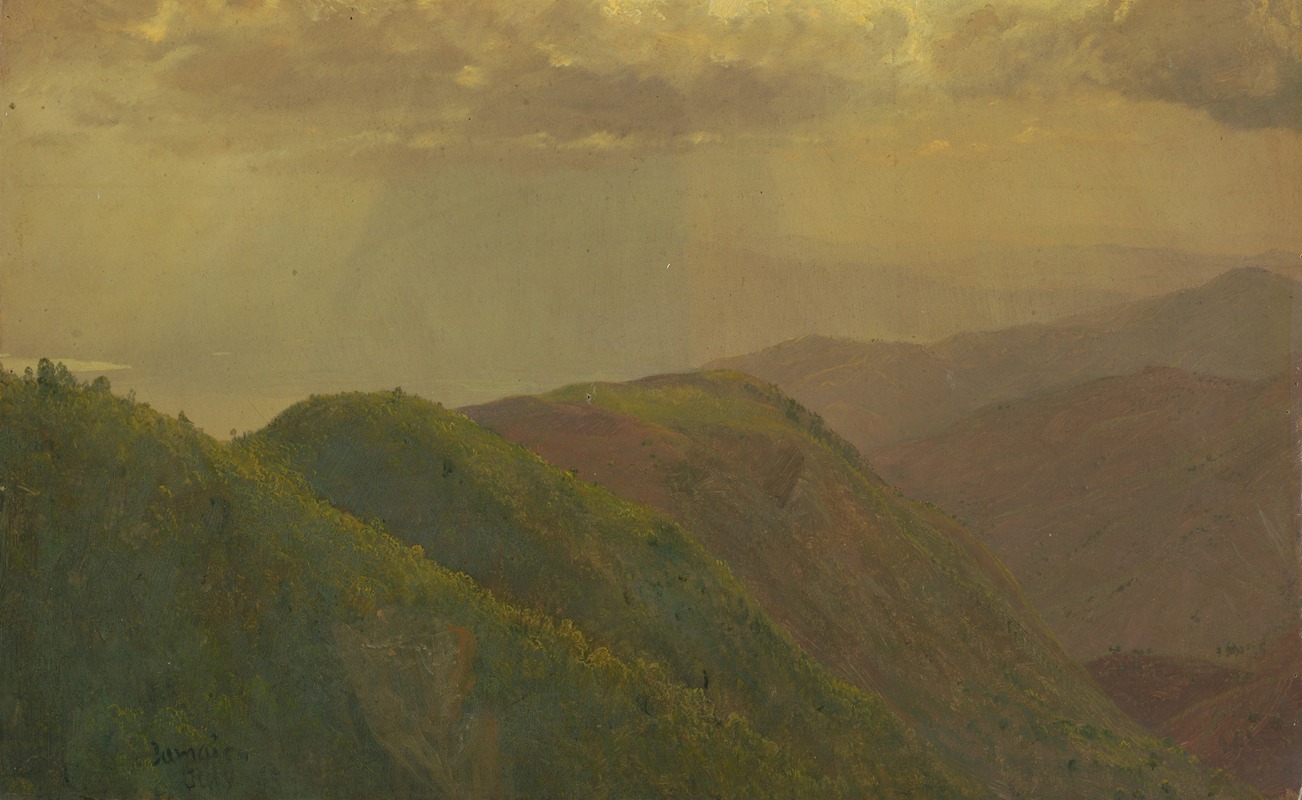
Landscape in Jamaica, West Indies
A hand-painted replica of Frederic Edwin Church’s masterpiece Landscape in Jamaica, West Indies, meticulously crafted by professional artists to capture the true essence of the original. Each piece is created with museum-quality canvas and rare mineral pigments, carefully painted by experienced artists with delicate brushstrokes and rich, layered colors to perfectly recreate the texture of the original artwork. Unlike machine-printed reproductions, this hand-painted version brings the painting to life, infused with the artist’s emotions and skill in every stroke. Whether for personal collection or home decoration, it instantly elevates the artistic atmosphere of any space.
Frederic Edwin Church's "Landscape in Jamaica, West Indies" is a notable painting by the American landscape artist, who was a central figure in the Hudson River School of American landscape painting. Church is renowned for his grand, detailed, and often dramatic landscapes that capture the natural beauty and sublime qualities of the American wilderness and other exotic locations he visited during his lifetime.
"Landscape in Jamaica, West Indies" was created during Church's travels to the Caribbean. Church visited Jamaica in 1865, a trip that was part of his broader exploration of tropical landscapes. This journey was significant as it marked a departure from his earlier focus on North American and South American landscapes, expanding his repertoire to include the lush and vibrant scenery of the Caribbean.
The painting reflects Church's meticulous attention to detail and his ability to convey the atmospheric conditions and vibrant colors of the tropical environment. His work often involved extensive preliminary sketches and studies, which he would later develop into large-scale studio paintings. This method allowed him to capture the essence of the landscapes he visited with remarkable precision and vividness.
In "Landscape in Jamaica, West Indies," Church likely employed his characteristic use of light and shadow to create a dynamic composition that draws the viewer into the scene. His ability to depict the interplay of light on the landscape is a hallmark of his style, contributing to the painting's sense of realism and depth. The painting would have showcased the lush vegetation, dramatic skies, and possibly the mountainous terrain that are characteristic of Jamaica's natural beauty.
Church's work during this period was influenced by the scientific and artistic interests of the time, including the study of botany and the exploration of new territories. His paintings often reflect a sense of wonder and discovery, capturing the grandeur and diversity of the natural world. This aligns with the broader goals of the Hudson River School, which sought to depict the American landscape as a source of national pride and identity.
"Landscape in Jamaica, West Indies" would have been part of Church's broader body of work that includes other tropical scenes, such as his famous painting "The Heart of the Andes." These works contributed to his reputation as one of the foremost landscape painters of his time, celebrated for his ability to convey the beauty and majesty of diverse natural environments.
While specific details about "Landscape in Jamaica, West Indies" may not be as widely documented as some of Church's other works, it remains an important example of his exploration of tropical landscapes and his contribution to 19th-century American art. Through his paintings, Church not only captured the visual splendor of the landscapes he encountered but also conveyed a sense of the sublime and the interconnectedness of nature, themes that resonate with audiences even today.





